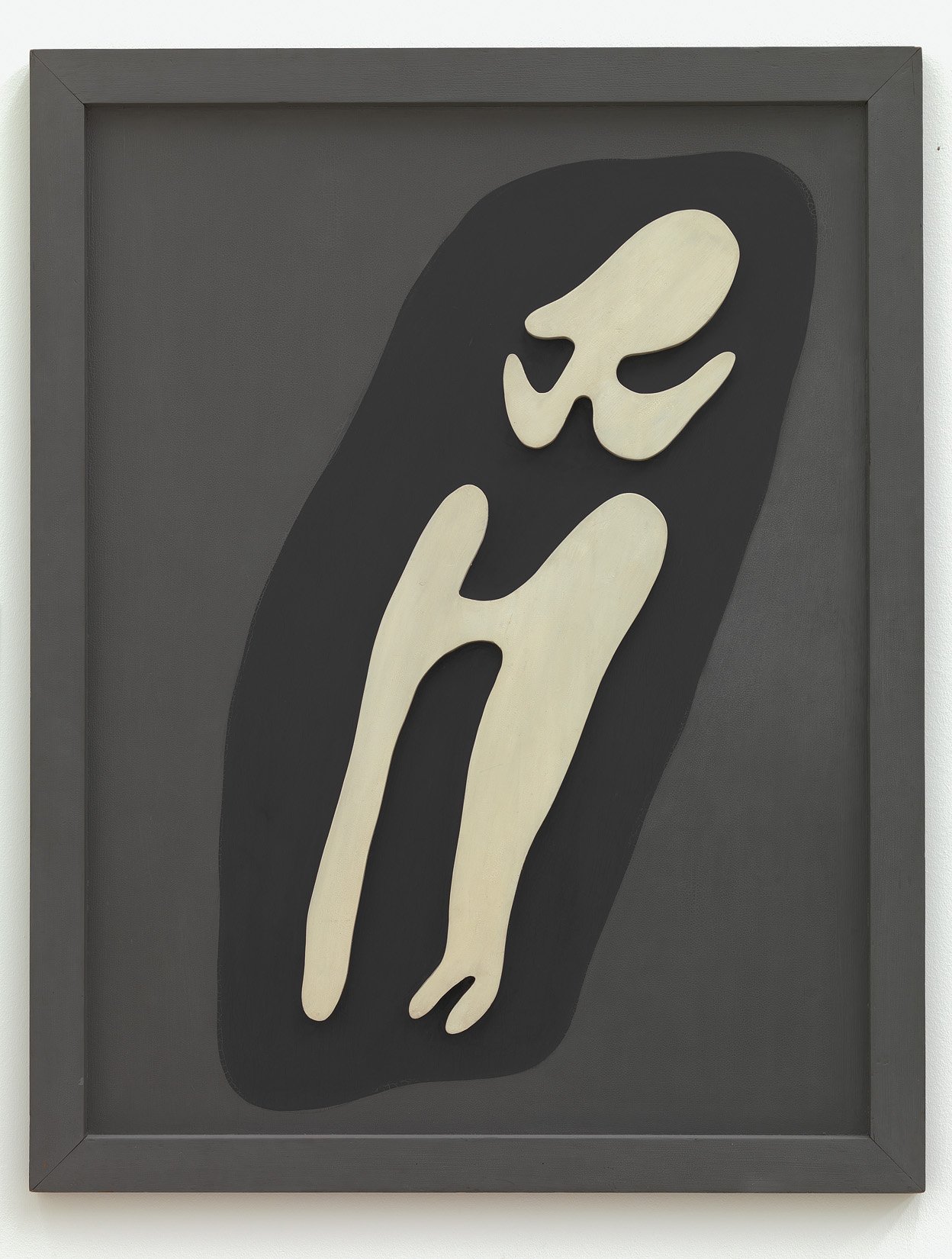Hans Arp
Skeleton, 1928

Hans Arp
Skeleton, 1928
Kunst Museum Winterthur, Legat Dr. Emil und Clara Friedrich-Jezler, 1973
Foto: SIK-ISEA, Zürich (Philipp Hitz)
The Alsace artist, Hans Arp, had already played a central role as artist and poet in the Dadaist movements in Zurich and Paris. Humour and irony also characterised his later work, especially the reliefs. In wooden reliefs Arp discovered a new form in which sculpture, painting and sketching were united.
Arp described the preparation of the reliefs: "first I sketch a little, casually throw just a couple of ideas onto paper. Then I cut these shapes out of cardboard, join them together, and I continue the cutting out and joining together until I’ve completed a template that I’m satisfied with." Then a carpenter was contracted to cut these shapes out of wood. They were then painted and mounted on a wooden base. This collaboration was very important to Arp: it was his desire to create works that had something of a trans-personal nature: they should, he said, "remain anonymous in the great workshop of nature, like the clouds, the mountains, the animals, and the people."
Arps preliminary sketches are spontaneous and associative; those for his relief Skeleton are no exception. Here, he seeks ambiguity. The upper white form is reminiscent of a head with a martial moustache; the lower is reminiscent of a bone. Arp’s delight in the grotesque transformation of all things is palpable. Objects are not consolidated; their form is flowing and speaks of eternal changeability.


